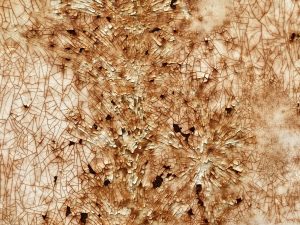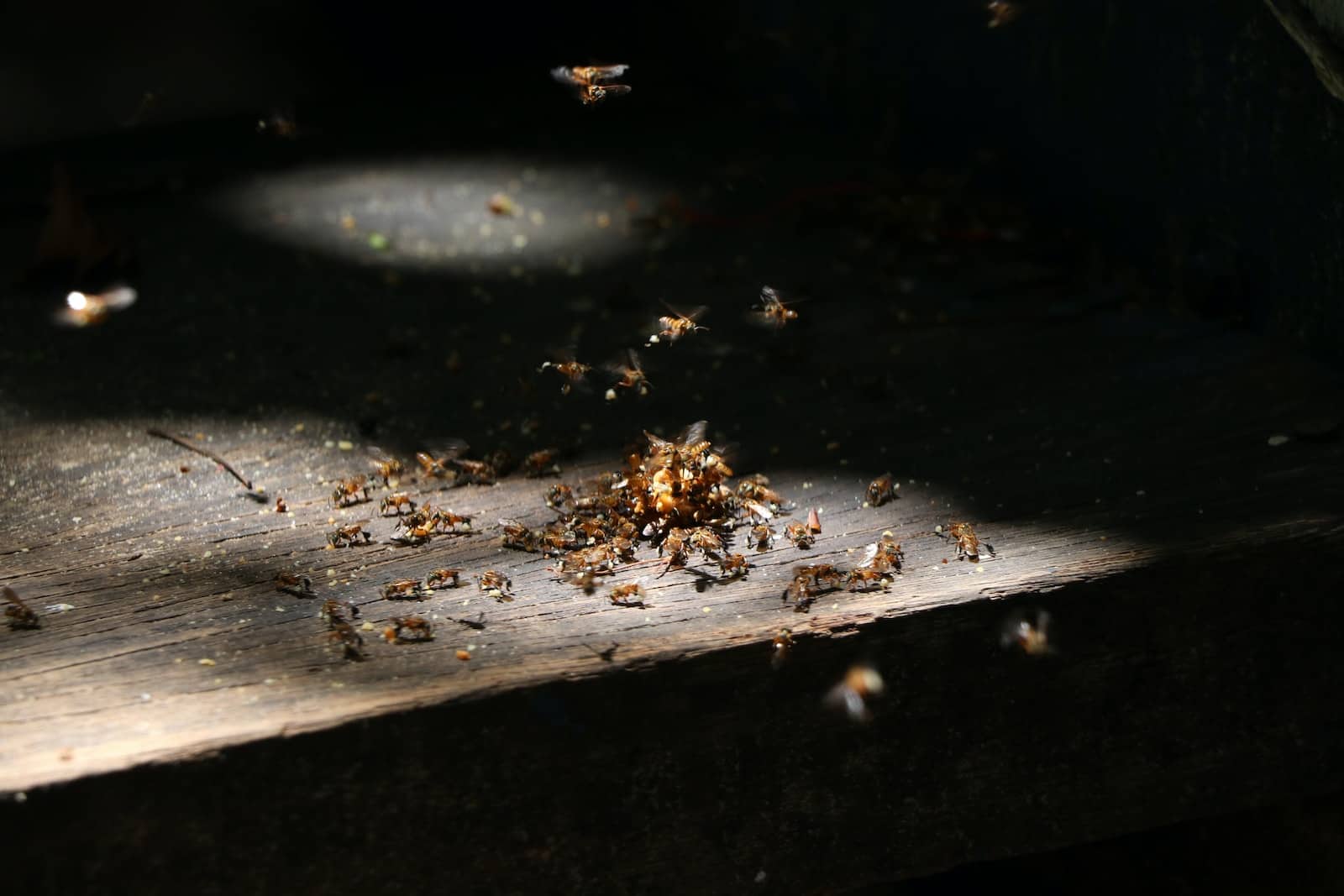Discovering termite-infested wood or termite colonies in the heart of your home is quite distressing. Unlike other home repair tasks, termite damage cannot be ignored or postponed. That’s because wood-chewing pests are active 24 hours a day, seven days a week, quietly feeding on anything wooden they come across.
Fortunately, it’s rare that termites will cause enough destruction that the house is deemed completely uninhabitable. Once you discover an infestation early, you most likely will have enough time to remedy the situation and conduct repairs. But how much does it cost to repair termite damage? And what are the repair solutions?

What are the Types and Symptoms of Termite Damage to Expect
During or after a termite infestation, you are likely to face any of these types and signs of damage:
- Mud Tubes – These are protective roadways that termites make on walls and foundations while traveling between a food source and the nest. It’s the most obvious sign of an infestation.
- Holes and Tunnels in Wooden Structures – If you notice holes and maze-like paths carved into the wood, the infestation may have been going on for some time.
- Destabilization Ceilings and Uneven Floors – You may start to notice your ceiling buckling, floors blistering, walls cracking, and windows and doors beginning to stick.
- Hollow and Soft Lumber – When the infestation has taken root for some time, you’ll notice the lumber is soft to the touch, easy to puncture, or sounds hollow inside. This is dangerous, as wooden structures may not offer ample support.
- Damage to Cellulose-based Items – Termites don’t just feast on wood, they also damage any material that has cellulose, such as books, wool rugs, carpets, and picture frames.
- Termite Droppings – Other signs to look out for are insect wings and droppings that resemble sawdust.
Termite Damage Repair Options
Before you start searching for termite damage repair solutions, you’ll obviously need to have addressed the infestation. Working with a termite treatment expert is the only way you can be 100% sure every single termite has been eradicated, and the threat of future infestation has been eliminated.
The expert will also highlight other damaged areas that you may not be aware of and put measures in place to prevent termite reappearance. If your home is structurally compromised and unsafe to live in, the specialist will alert you, allowing you to move out until comprehensive repairs are made.
Once the treatment process is complete, you can now reverse termite damage with these repair options:
Cosmetic Termite Damage Repair
If the termite infestation was detected early, you’ll most likely be dealing with some aesthetic issues. Cosmetic damage can be in the form of chipped paint, wallpaper damage, furniture destruction, or discoloration of walls or flooring.
After a termite specialist determines that the issues are only cosmetic, then you can go ahead and perform a DIY termite repair. This may include applying a new coat on the damaged painted surface, refinishing the discolored floor, replacing the wallpaper, and retouching damaged furniture.
Small Termite Infestation Damage Repair
For minimal damage to the main structure, the solution is to use wood hardeners to fill in the gaps and strengthen the wood. After your house is treated for termites, clean off any remaining tubes or trails, then examine the wood underneath for damage.
Wood hardeners are special adhesives used to fix small holes, cracks, and damaged spots, while offering protection against further rot. For long, hollowed-out grooves, use a wood filler instead.
Make sure you pick a wood hardener or filler that matches the type of wood. Also, experts recommend applying a wood sealant to cut off the oxygen supply for any remaining termites. It will kill any colony inside and protect the wood from future intrusions.
Structural Termite Damage Repair
If you realize the termite infestation is advanced, it’s best you work with a termite repair expert, since insufficient repairs can put your entire family at risk. After an inspection, the expert may suggest attaching new wood to the damaged wood to provide support. It’s more cost-effective when the damage isn’t extreme.
The second, more expensive solution is to replace damaged sections of wood entirely. These repairs are complicated and time-consuming, especially if the problem affects a load-bearing support structure.
Wiring and plumbing connections that may be inside the infested areas may need to be moved, plus temporary support may be installed to maintain the home’s integrity during repairs. Extreme repairs cost from a few thousand dollars to tens of thousands of dollars.
Remember to Treat for Termites Before Performing Repairs
Keep in mind that failing to properly take care of the infestation before starting repairs can render the fixes pointless. If the colony isn’t entirely destroyed, these wood-boring pests will make a comeback and keep chewing on your home.
Also, don’t wait for the issues to get out of hand so you can request an inspection. Termites can cause a lot of damage at lightning speed, and some signs are hard to notice without a trained eye. So it is recommended to use a termite control service, as well as have regular termite inspections.




